Electronic music pioneer Florian Schneider passed away at the end of April 2020, aged 73. Kraftwerk has been cast as the ultimate artistic expression of post-war Germany, and the group’s influence is hard to ignore. From Detroit’s techno revolution to the electronic indie-pop of LCD Soundsystem, its various aesthetics and experiments can be felt throughout today’s music culture. The iconic group laid the groundwork for electronic music’s dominance in Europe, and everywhere else for that matter. Events as varied as Tomorrowland and an average Sunday at Berghain have a lot to thank the group for.
Tributes have been pouring in for the Kraftwerk co-founder.


Their classic dress style, an uncanny appropriation of a smart office uniform, was inspired by eccentric British art duo Gilbert and George.
Schneider’s father, Paul Schneider-Esleben, was an architect and a keen proponent of the New Objectivity architectural movement. The family’s circle of friends included creative spirits such as Fluxus artist Joseph Beuys. Schneider, who started out playing the flute, co-founded Kraftwerk with Ralf Hütter while at art school in Düsseldorf in 1970. He left the group in 2008 because he and Hütter, both cycling fanatics, allegedly had an argument over a bike pump.
David Bowie, a lifelong fan, translated what they termed “Industrielle volksmusik” as folk music for the factories. Their first three albums were playful and based on improvisation with classic instrumentation including violins and guitars. 1974’s Autobahn was the first album for which they embraced a synthesizer’s capacity for elongated sounds and precise repetition. The vocoder also became one of the group’s trademark tools. With it, they transformed their voices into something more than human, as can be heard on the 1978 track The Robots, where the main lyrical refrain is, perhaps unsurprisingly, “we are the robots.”

Kraftwerk’s design, live performances and style are as recognisable as their music. The group’s dress style, an uncanny appropriation of an office uniform, was inspired by eccentric British art duo Gilbert and George. Possibly informed by Paul Schneider-Esleben’s involvement in projects such as the Cologne Bonn Airport, the group’s album concepts were inspired by things which get people moving, such as Germany’s high-speed motorways and the Trans-Europe Express. Kraftwerk’s aim was to make folk music for a world dominated by cars and electronic equipment, but they never lost sight of the human being. As journalist Jude Rogers writes in her obituary of Schneider for the Quietus: “what seemed to ripple in Schneider’s presentation was always humanity, the element of Kraftwerk that is often forgotten. A crackle of electricity has always joined together humans and the machine.”
Text: Nicholas Burman
Read more
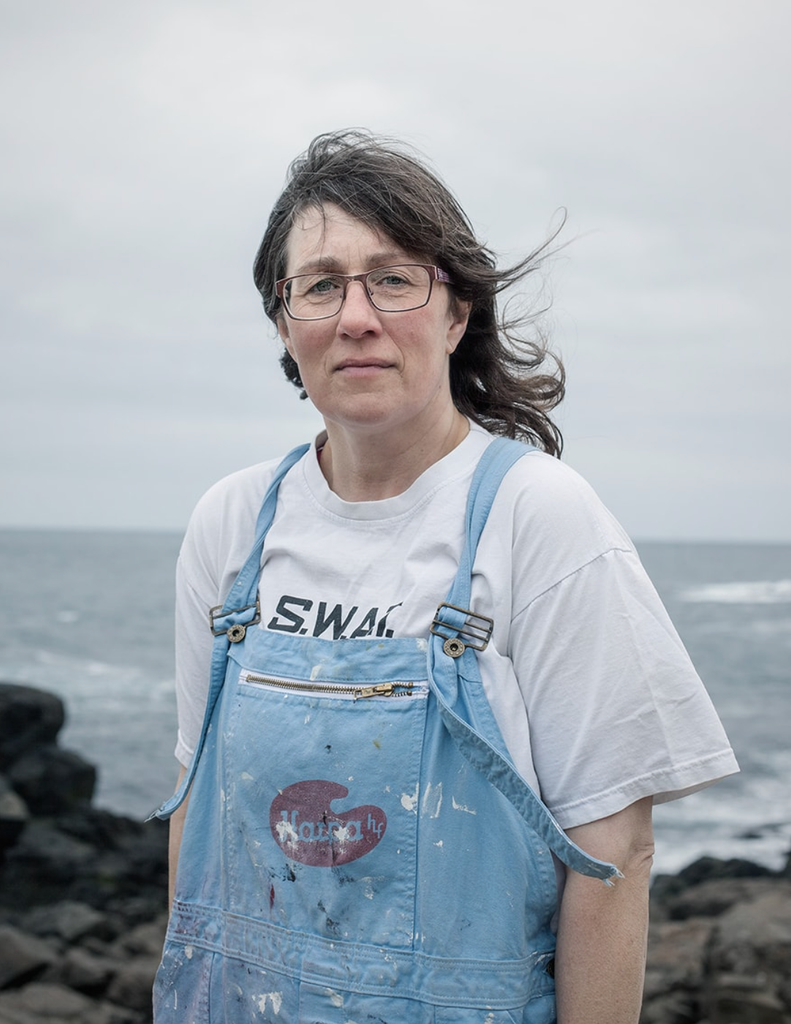
Marzena Skubatz
Marzena Skubatz is interested in the identity of places. Marsibil. Iceland is quite a country to attempt to capture. Sometimes...
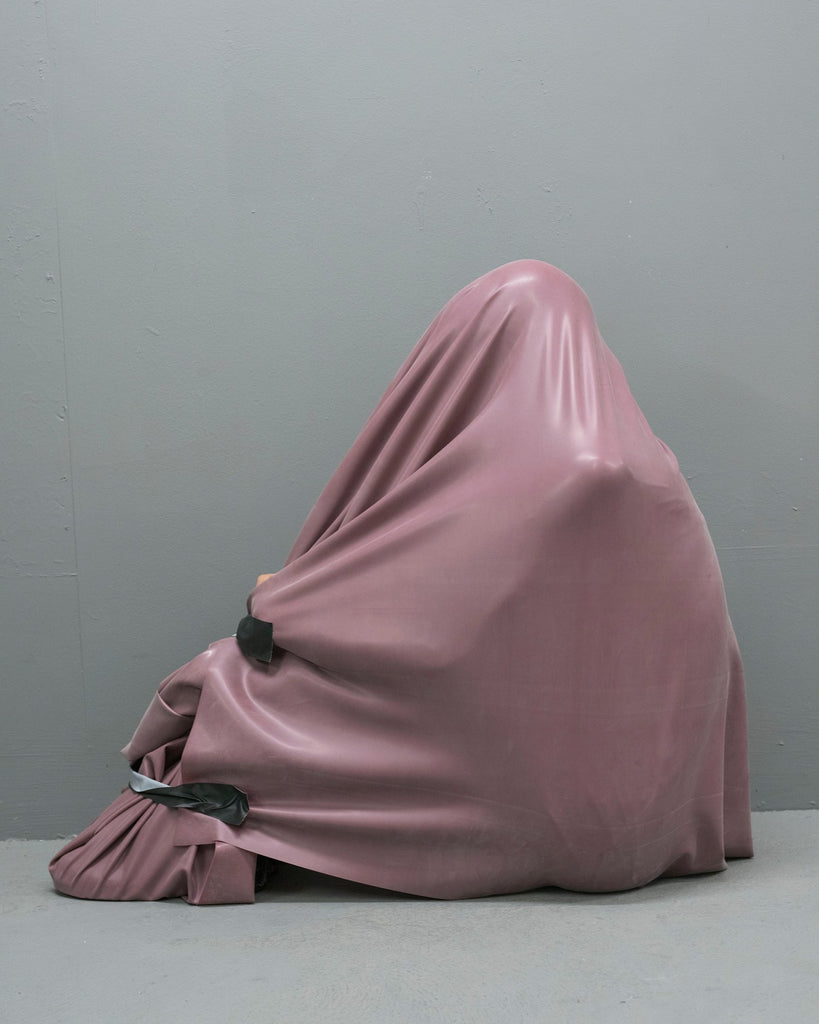
Jackie Nickerson
Jackie Nickerson’s Field Test series presents humans captured by alien objects. A figure is sat with their knees up,...
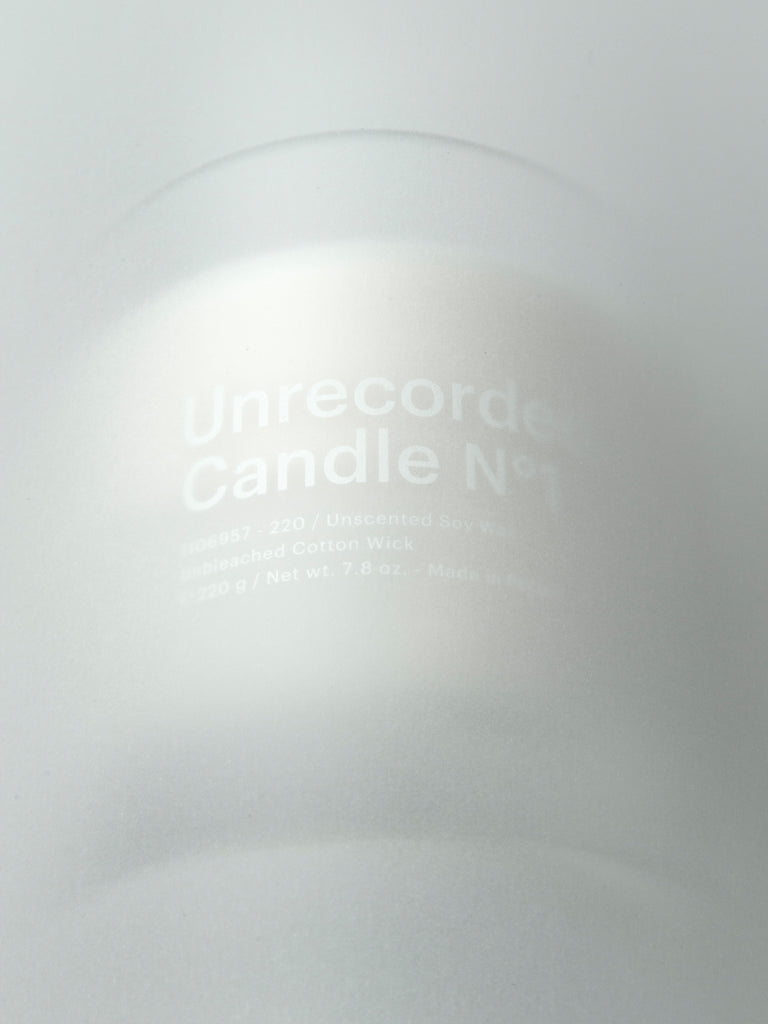
Unrecorded Candles.
Autumn 2020 marks the release of Unrecorded’s candle range. Our selection, coded by rich, mute colours, have been designed for...
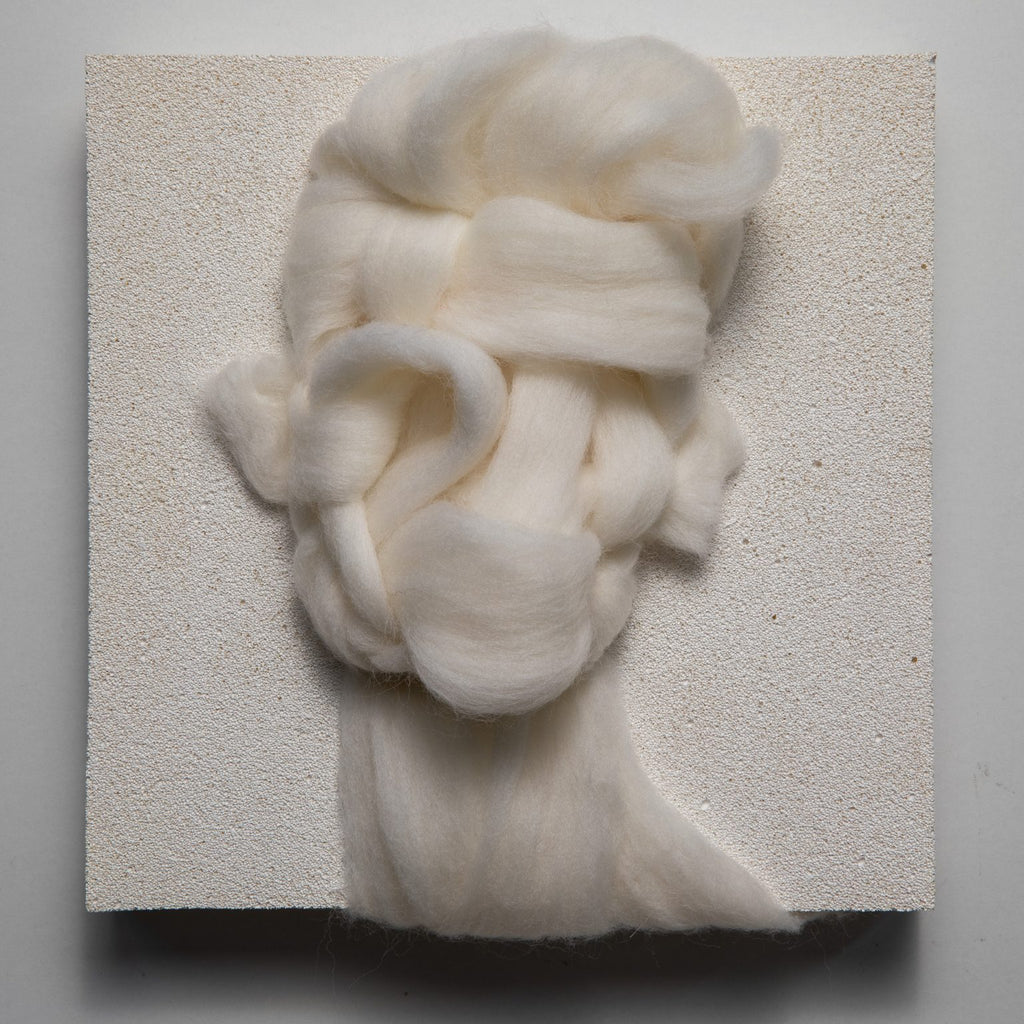
Salman Khoshroo
Salman Khoshroo spent quarantine mastering wool as a material for sculpture. The Iranian artist’s portraits have tended to be tactile....
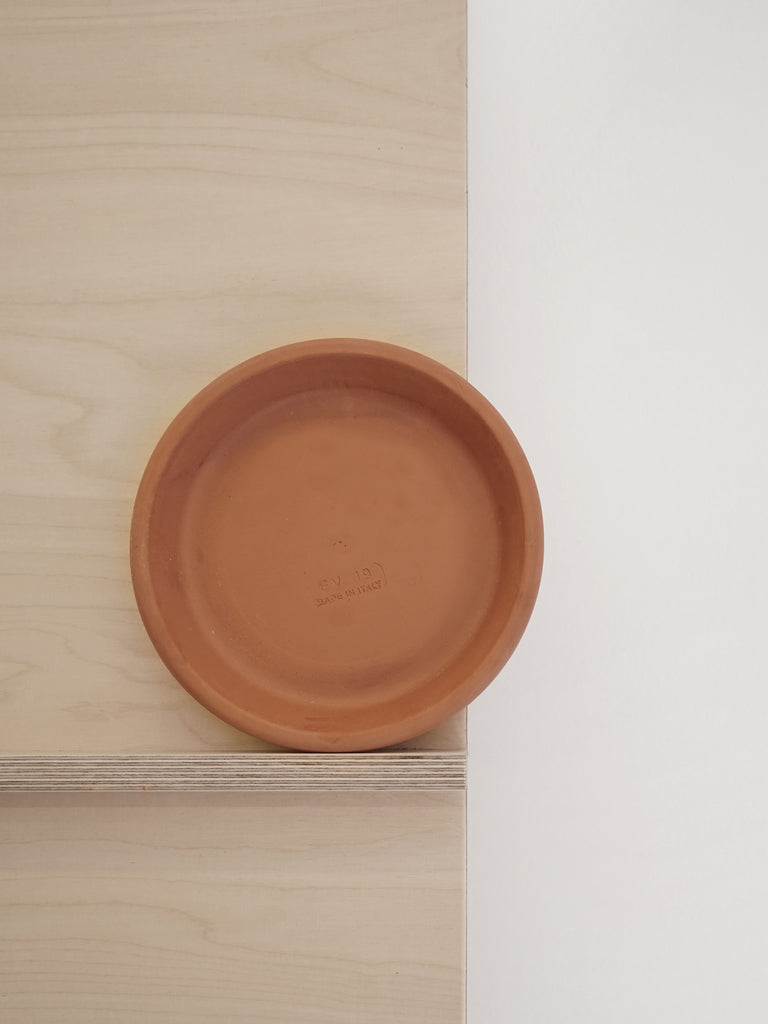
Terracotta
Terracotta is an earthy ceramic that has been produced since the Old Stone Age, at least 29,000 years ago. Latin for "baked earth", Terracotta is based on coarse, porous clay, which is moulded into shape and fired in a kiln at around 1000°C until hard.
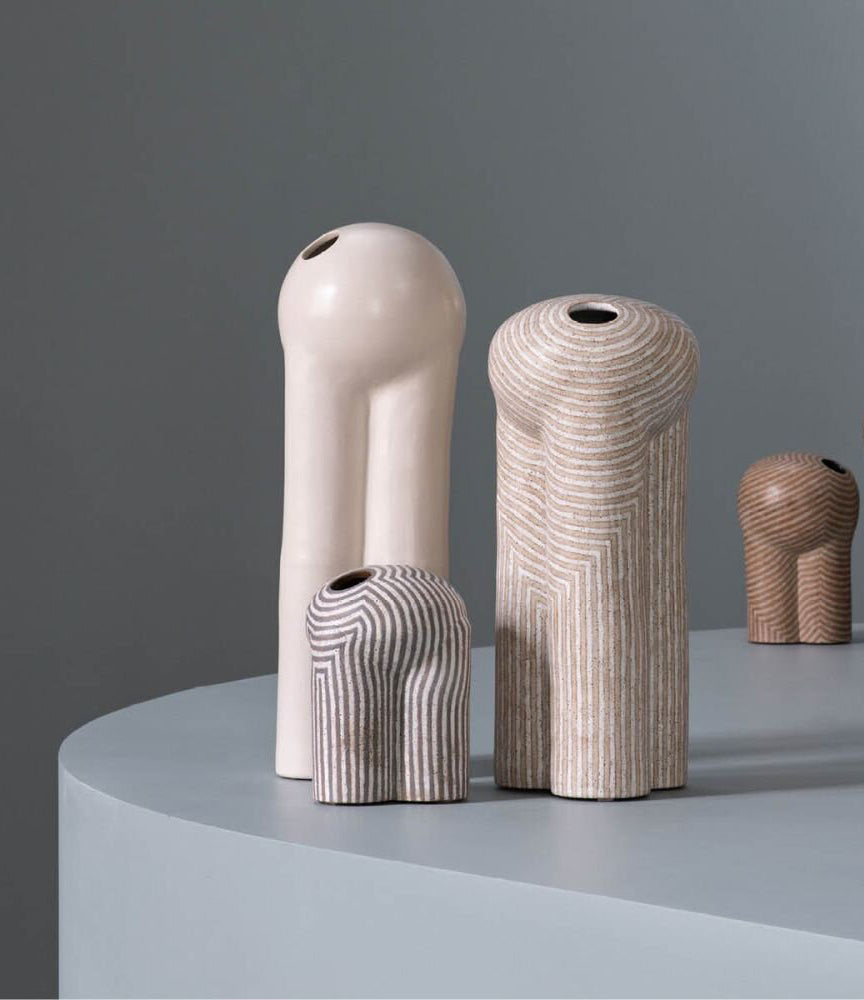
The Piccolo Parade.
Ceramic artist Jeremy Anderson mines the anthropomorphic tensions, playfulness and individuality of his stoneware sculptures. Jeremy Anderson is a ceramic...
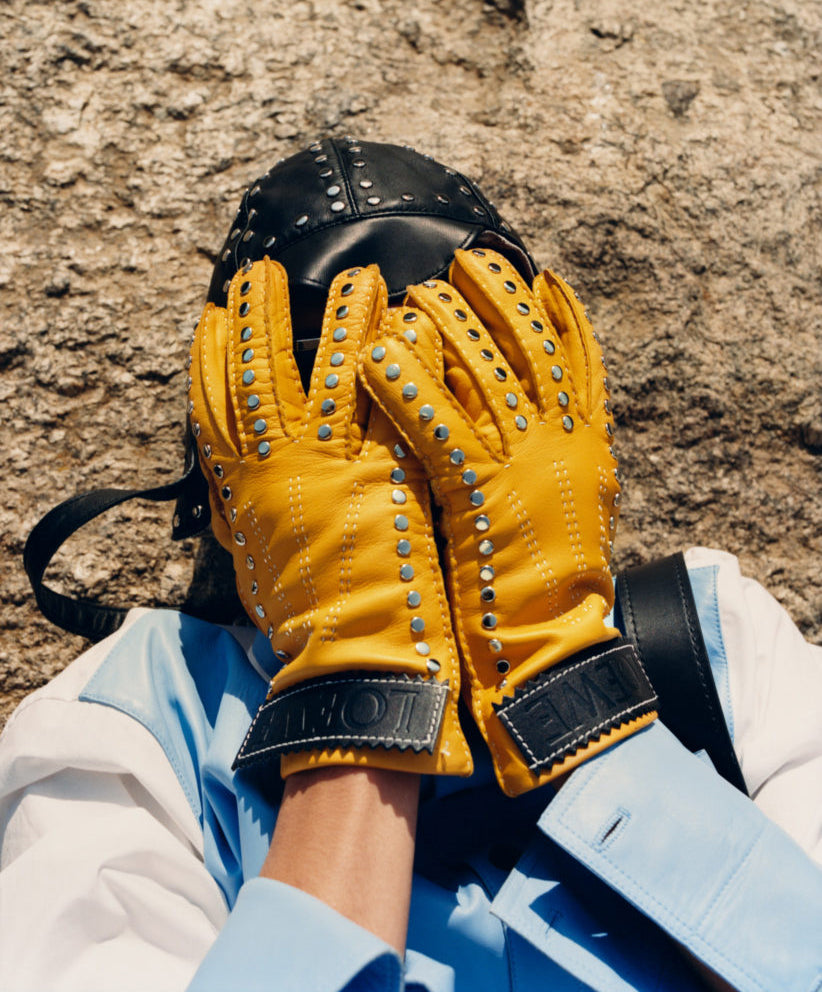
Tyler Mitchell
Tyler Mitchell, a prodigy of photography and video. His portraiture has earned him kudos from some of the most influential...
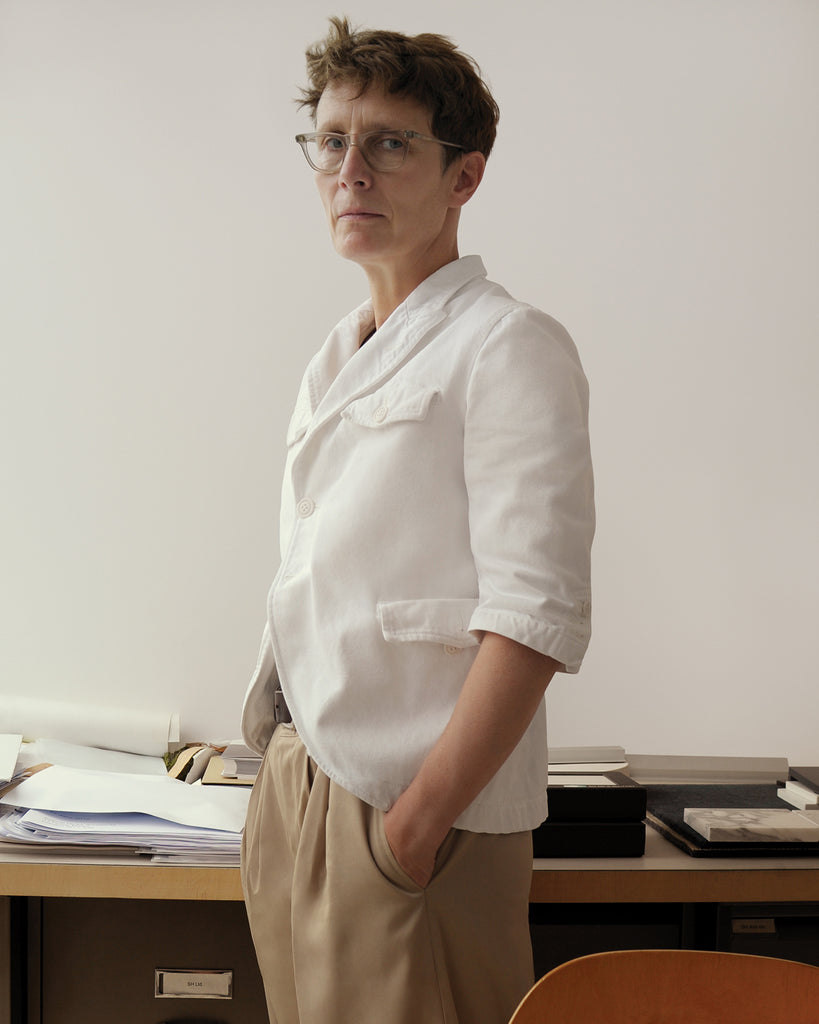
Sophie Hicks is an award winning architect with an eye on minimalism.
Architect Sophie Hicks places white boxes into grey urban environments. Hicks founded her architecture firm in 1990. Since then, the...
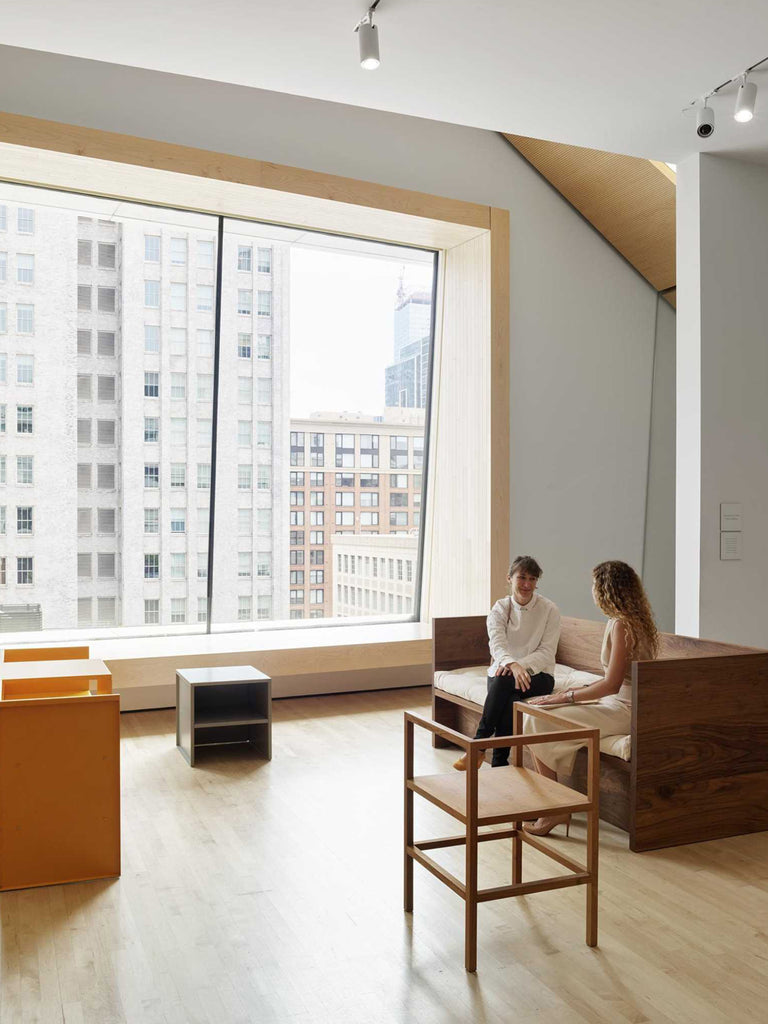
Donald Judd’s designs have inspired a generation.
Geometric shapes, block colours and sturdy materials are the basis for Judd’s timeless furniture.
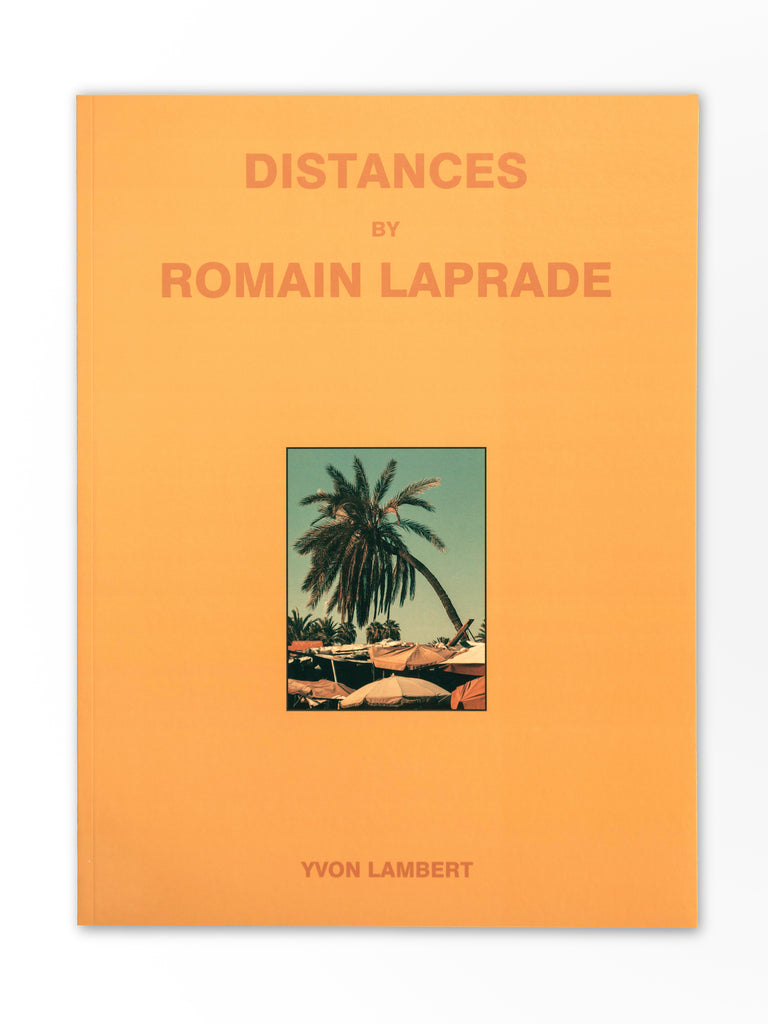
Romain Laprade
“It’s always Spring in Romain Laprade’s photographs.” Romain Laprade is a Paris based photographer notable for his warm, pastel shades....
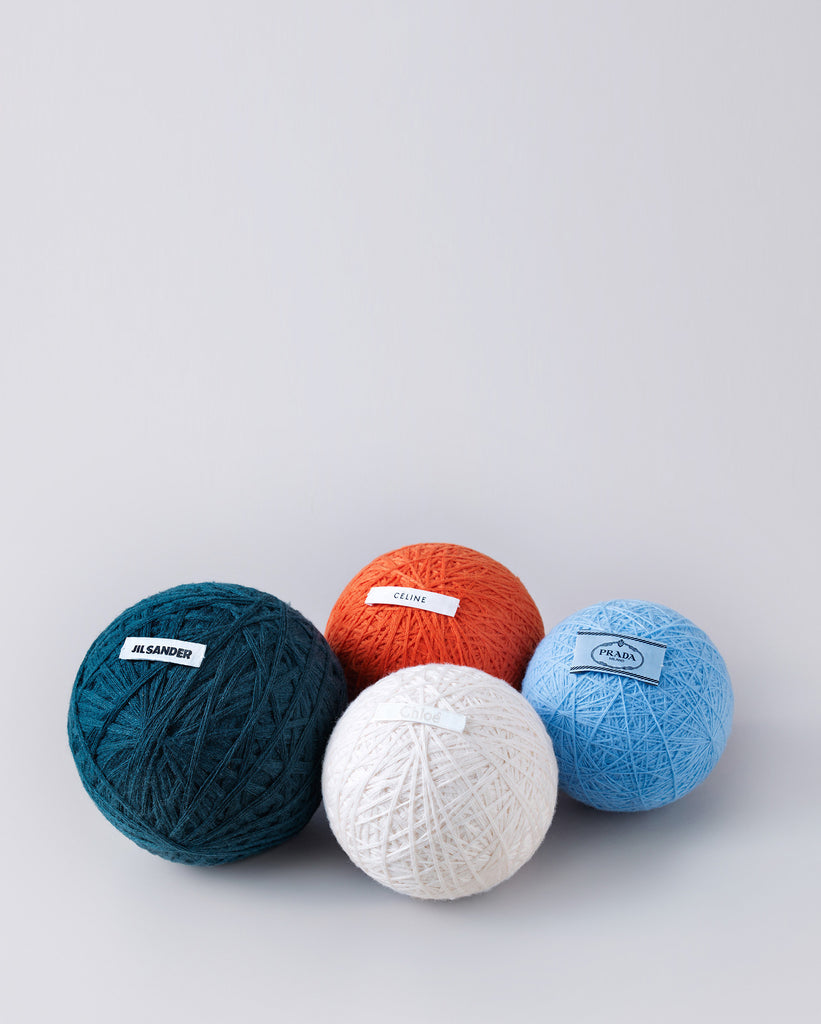
Lernert & Sander
The company has been winning awards since 2011, and has worked with Amnesty International, Hermès, Nowness, Selfridges and more. The founders pride themselves on a “cheeky sense of humour.”